In this Article...
Most AutoCAD users just start AutoCAD by clicking the icon on Windows desktop. Maybe from pinned shortcut on Windows taskbar. We rarely use Windows start menu anymore.
Do you notice that there are tools come with AutoCAD installation?
If you click the Windows start menu> All Programs> Autodesk> AutoCAD 201x you will see this:
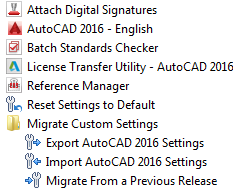
There are other tools that you can use outside of AutoCAD. But certainly related to your work in AutoCAD. Have you tried using them?
Let’s see what are those tools for.
Attach Digital Signature
Are you familiar with Digital Signature? You can sign current drawing digitally with DIGITALSIGN command from within AutoCAD. Like signing a paper, you can sign the drawing that you currently open. Similar to printed drawing, people will know that you have approved the drawing. If the drawing is modified and saved, then it will give warning that the signature is not valid anymore.
Attach Digital Signature tool allows you to digitally sign multiple drawing at once. You can add individual files or add a folder that contains the drawings.
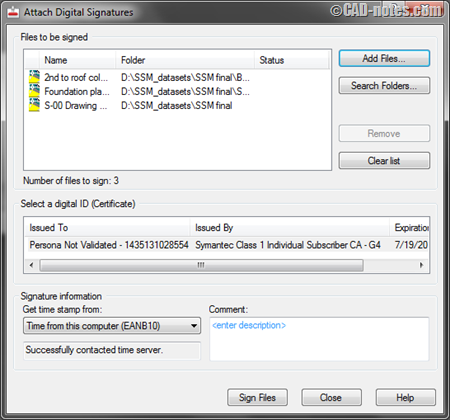
Note: You need to get Digital ID before you can sign a document electronically.
Batch Standard Checker
This tool also for batch process your drawings. This one is for standard checker.
You can compare your drawings with a standard drawing (.dws file) with CAD standard tool. CAD standard is available from within AutoCAD.
Batch Standard Checker can do it to multiple files at once. You don’t have to open each file to check the standards.
Unfortunately, unlike CAD standard tool within AutoCAD it only provides report. You can’t fix the standard violation directly from this tool.
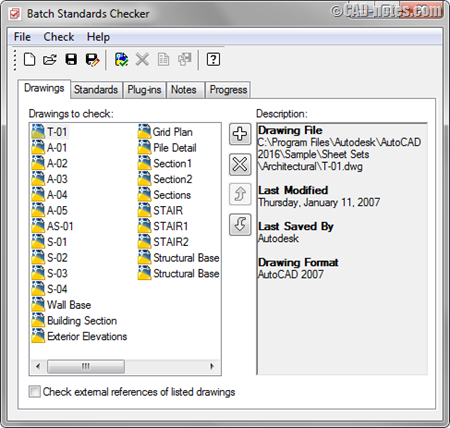
License Transfer Utility
License Transfer Utility (LTU) is a utility to transfer your license from current computer to other computer. This tool is only for standalone license.
You can use this to transfer your license to your new computer. Or move the license temporarily to a laptop and bring it to fields. After you finish, you can transfer it back to your desktop computer.
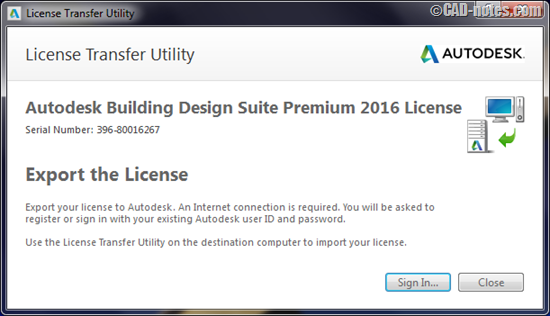
Note: You need to have Autodesk account to do this. If you don’t have it yet, you can create it for free.
Reference Manager
Reference Manager is a very handy tool to resolve your XREF path. When you need to move your files to other location, you might find many XREF path are broken. Especially if you set it to absolute path.
You don’t have to open each drawing to fix the path. Reference Manager will help you to resolve this issue on multiple files at once!
If you ever need to use it, try find and replace tool. You can change path to new location easily!
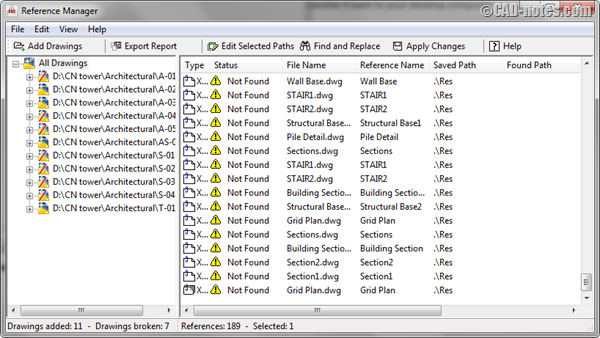
Reset Settings to Default
Reset Settings to Default will reset your AutoCAD to default, just like the first time you installed it.
This is very helpful for troubleshooting. If you feel AutoCAD started to act strange, for example you see interface elements missing, you could try this to fix it. I suggest you to try this first before you tried to uninstall and reinstall the software.
It will offer you to create backup of your settings before you continue. If you haven’t created a backup, I suggest you to create it. Better safe than sorry!
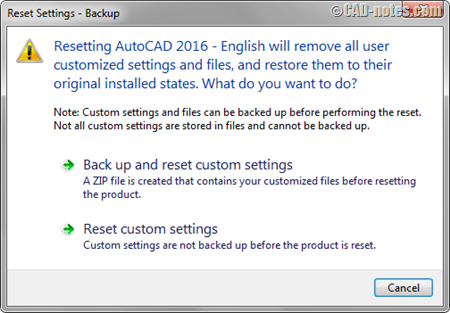
Warning: You will lose all customization after using this tool.
Migrate Custom Settings
Migrate Custom Settings is a tool to copy your settings to other computer. When you purchase a new computer, you will want your old settings in your new computer.
This is the tool that can export the settings for you.
You can find more details about using this tool here: Transfer AutoCAD settings to different computer.
Have you used those tools before?
AutoCAD has several tools to batch some process from outside of AutoCAD. You don’t have to open each file, resolve the XREF path then save it. You can use Reference Manager to do that. Simple and quick.
There are also some tools to migrate AutoCAD: move the license and copy the settings.
Have you used any of those tools before? Did it work well?
Any experience that you want to share with us?




How can I get Digital ID so that I can sign a document electronically?